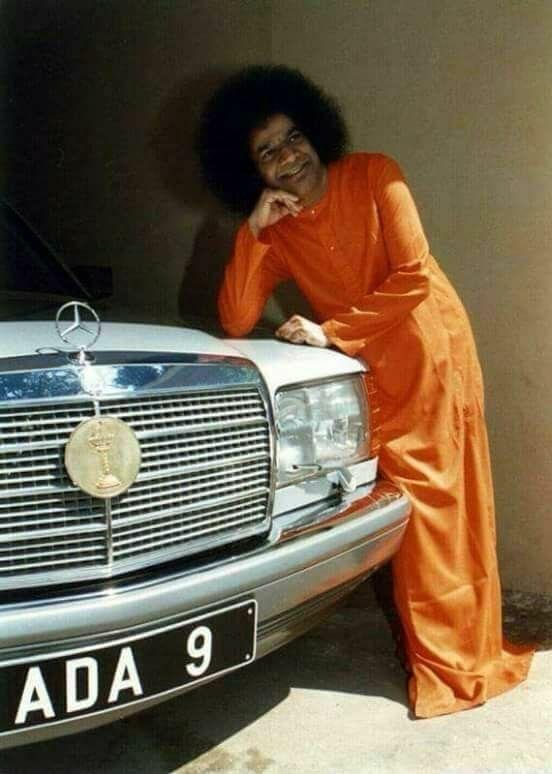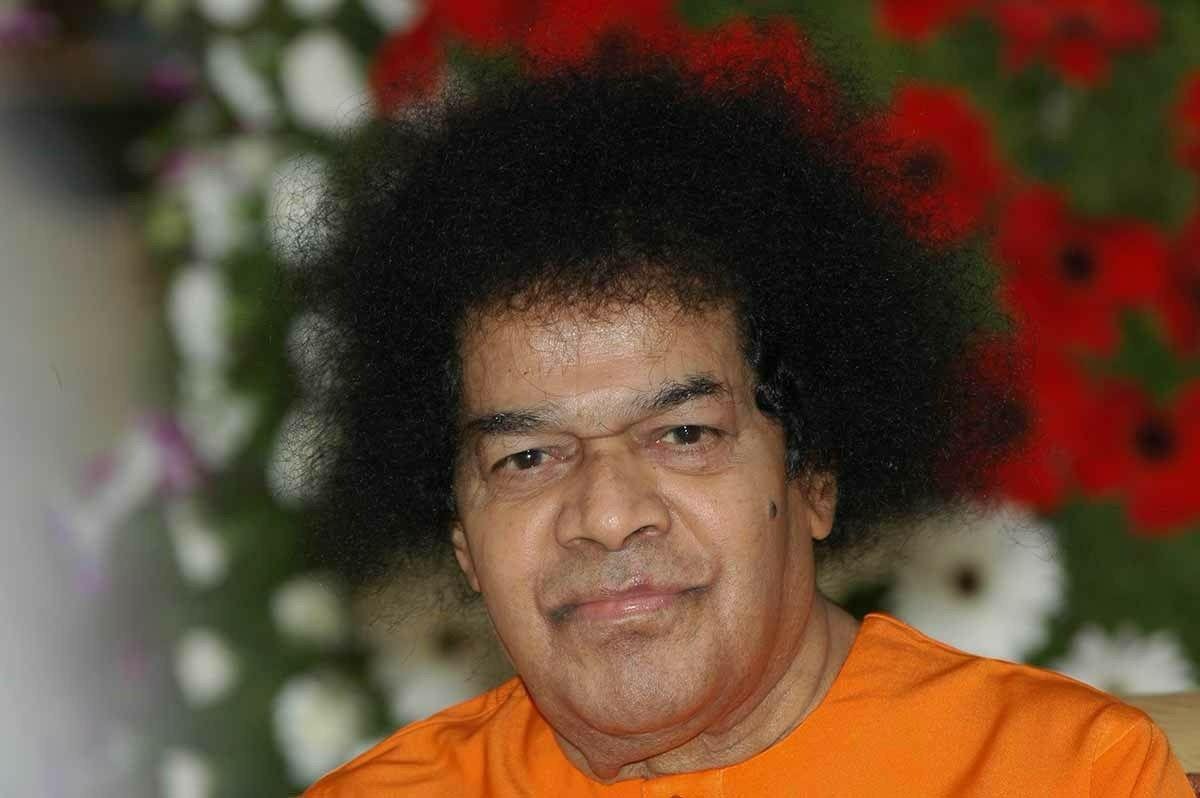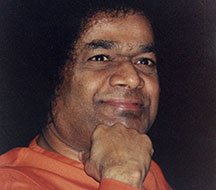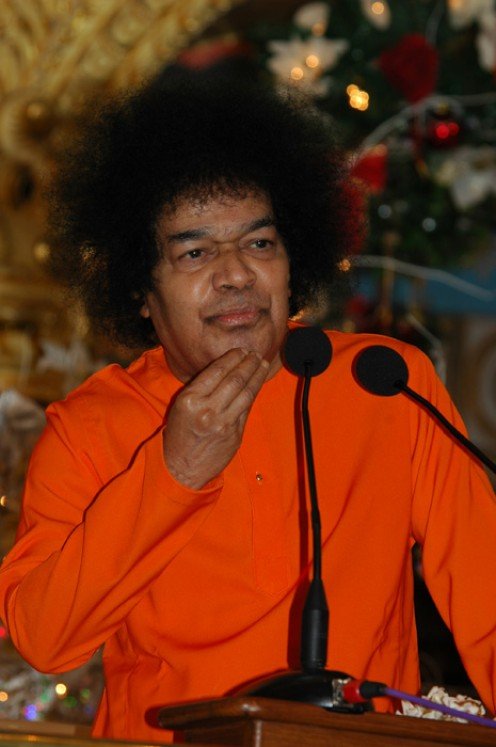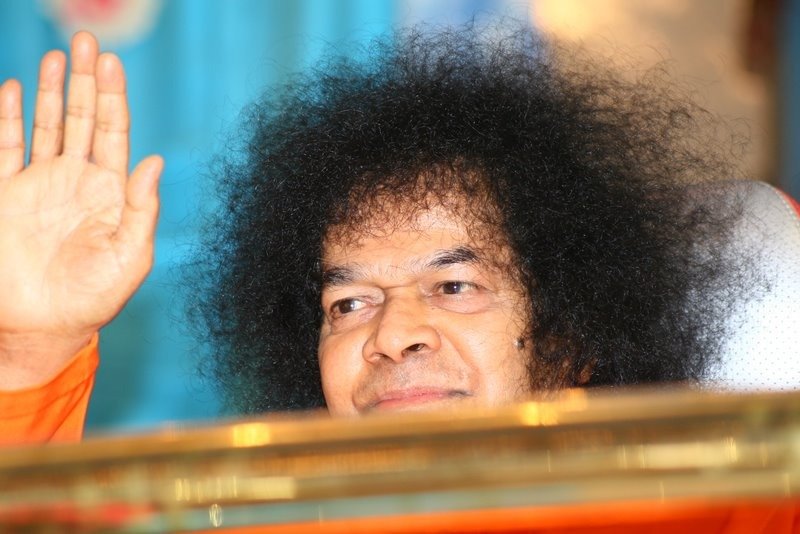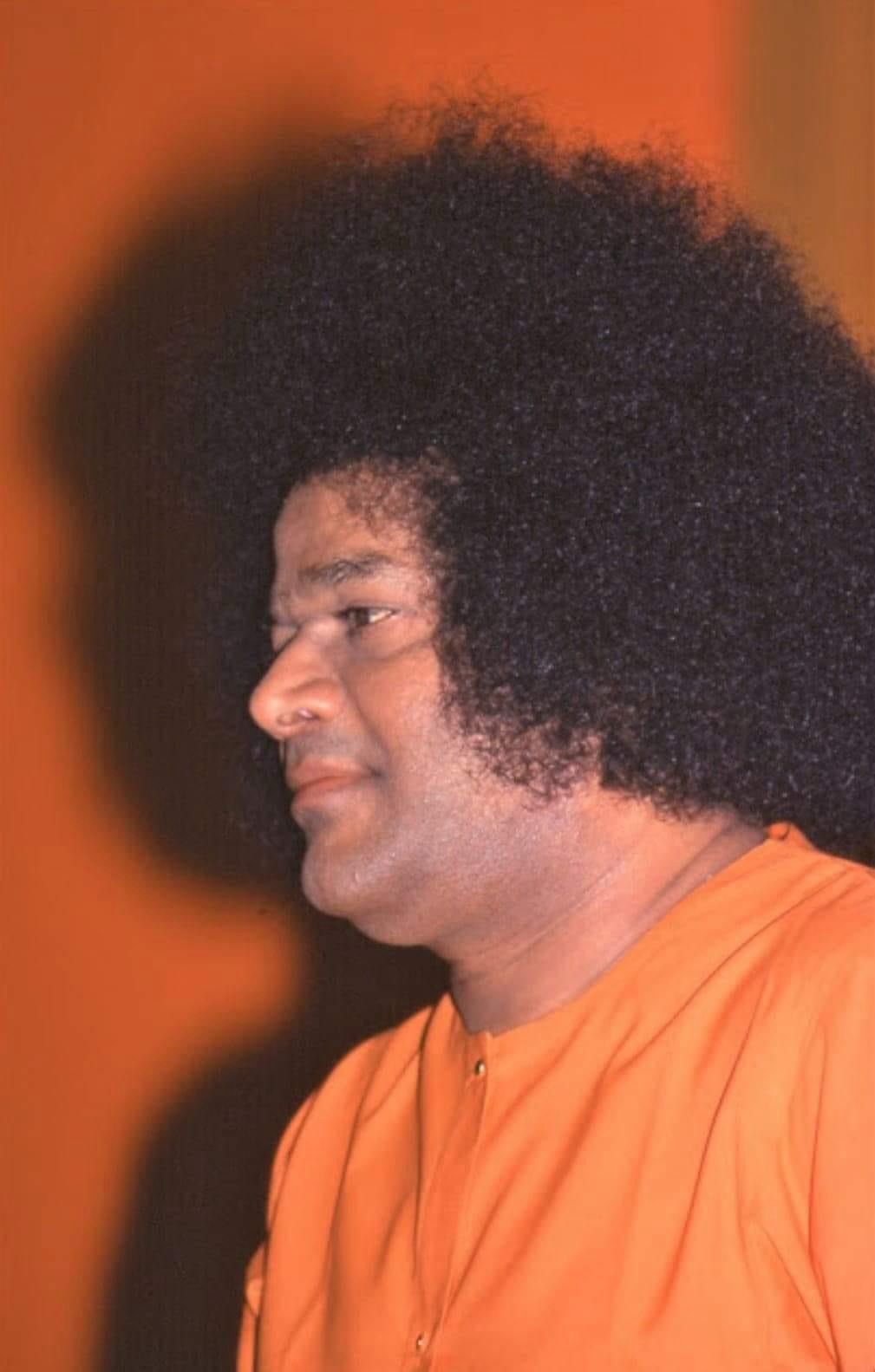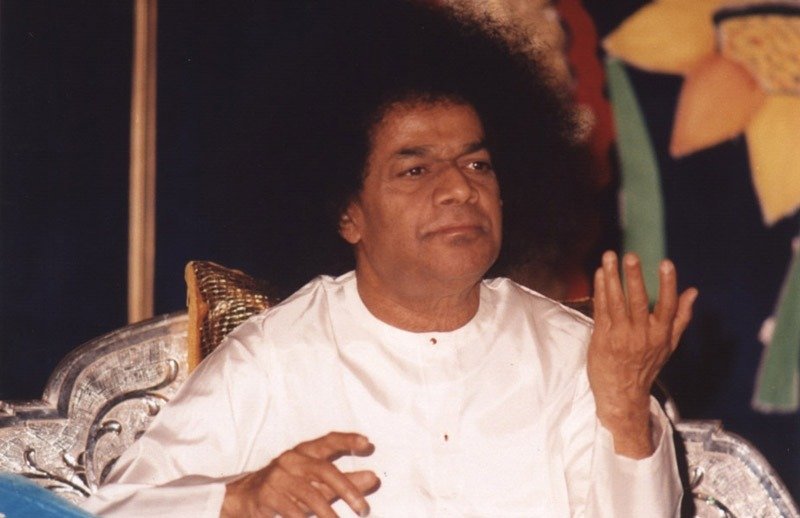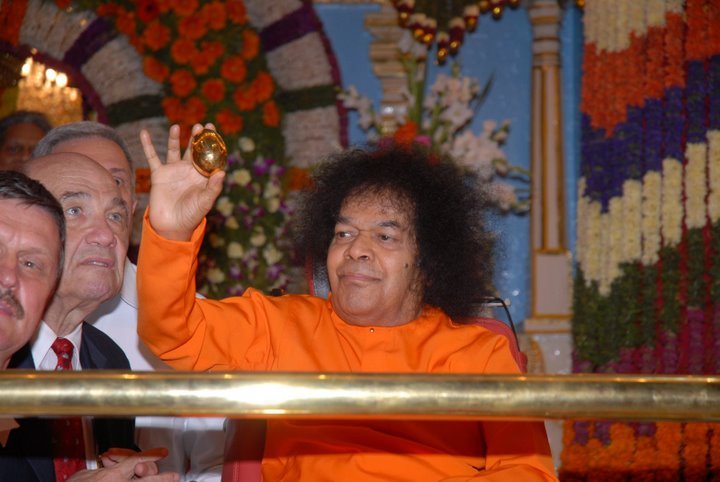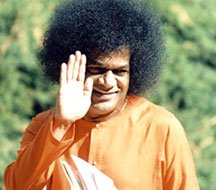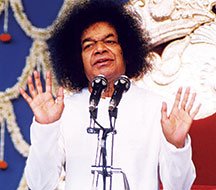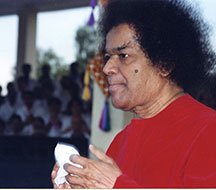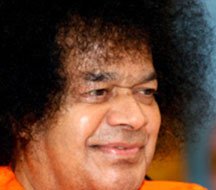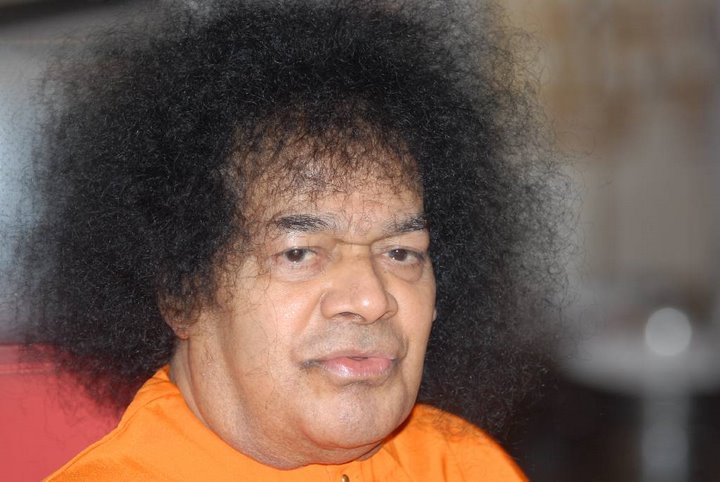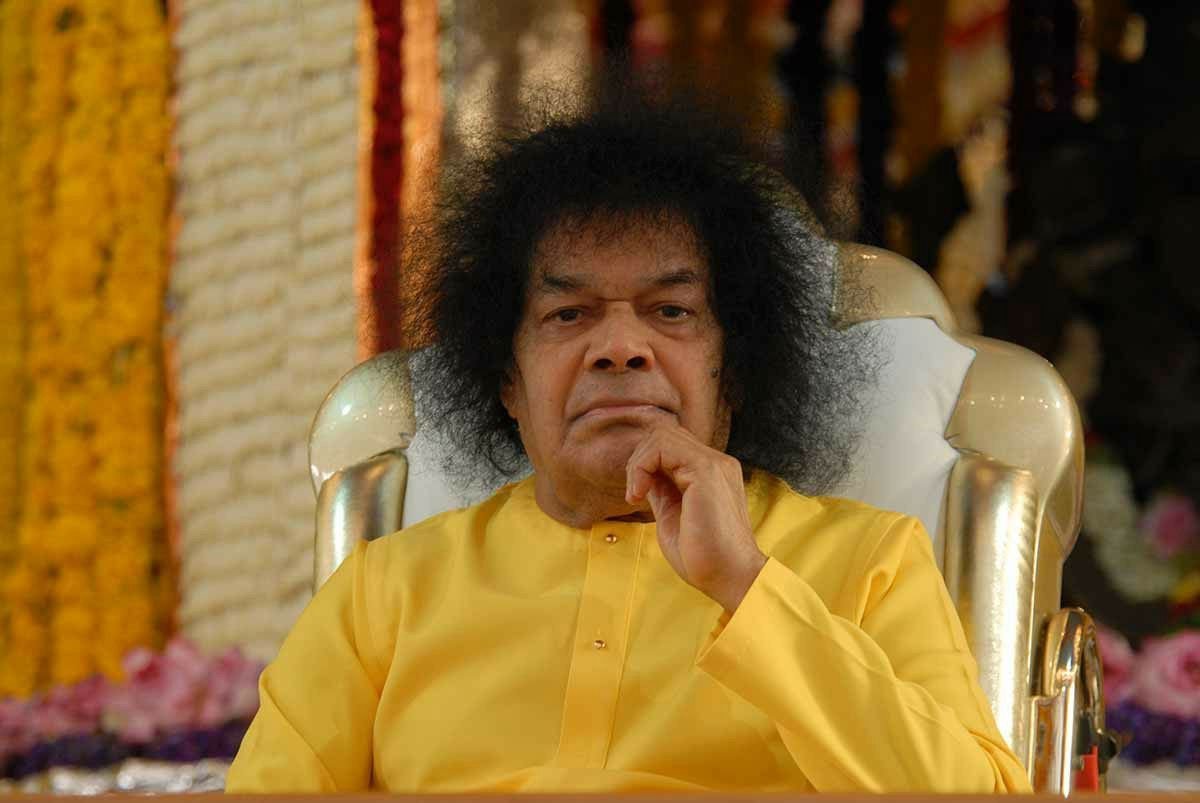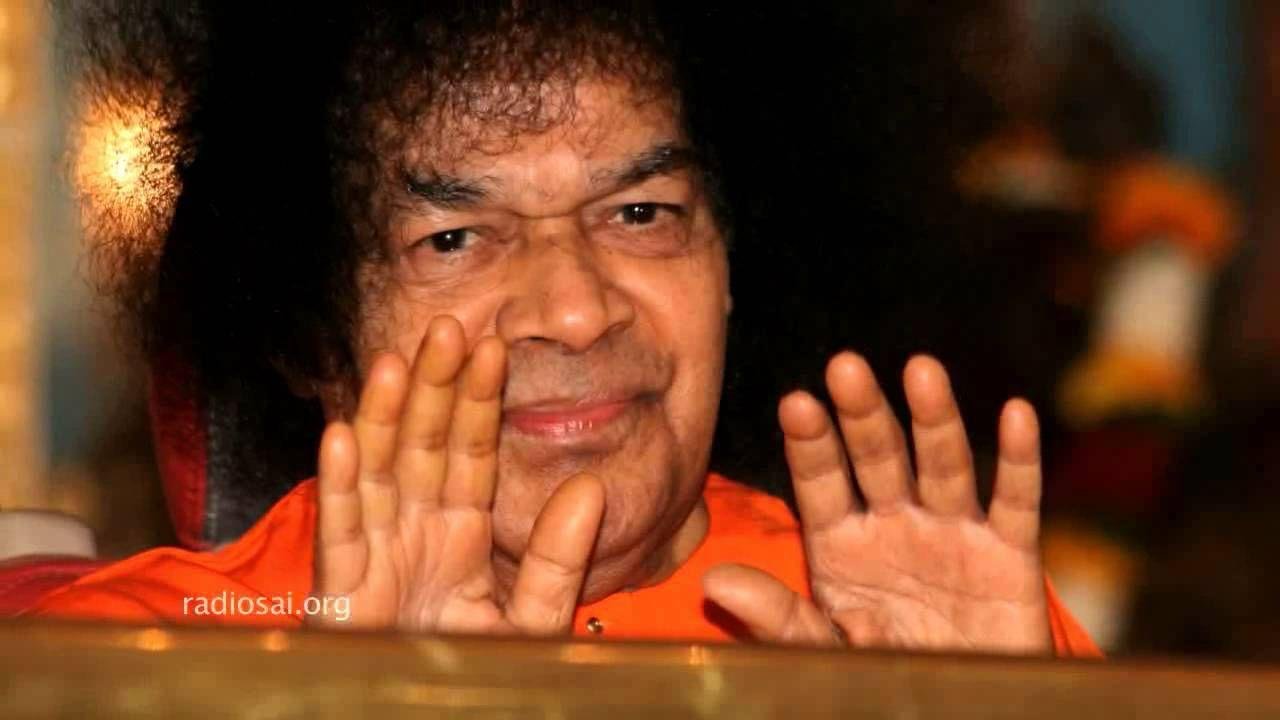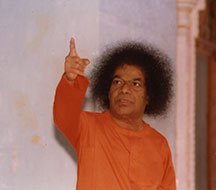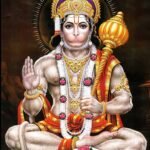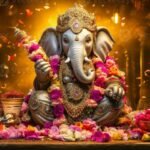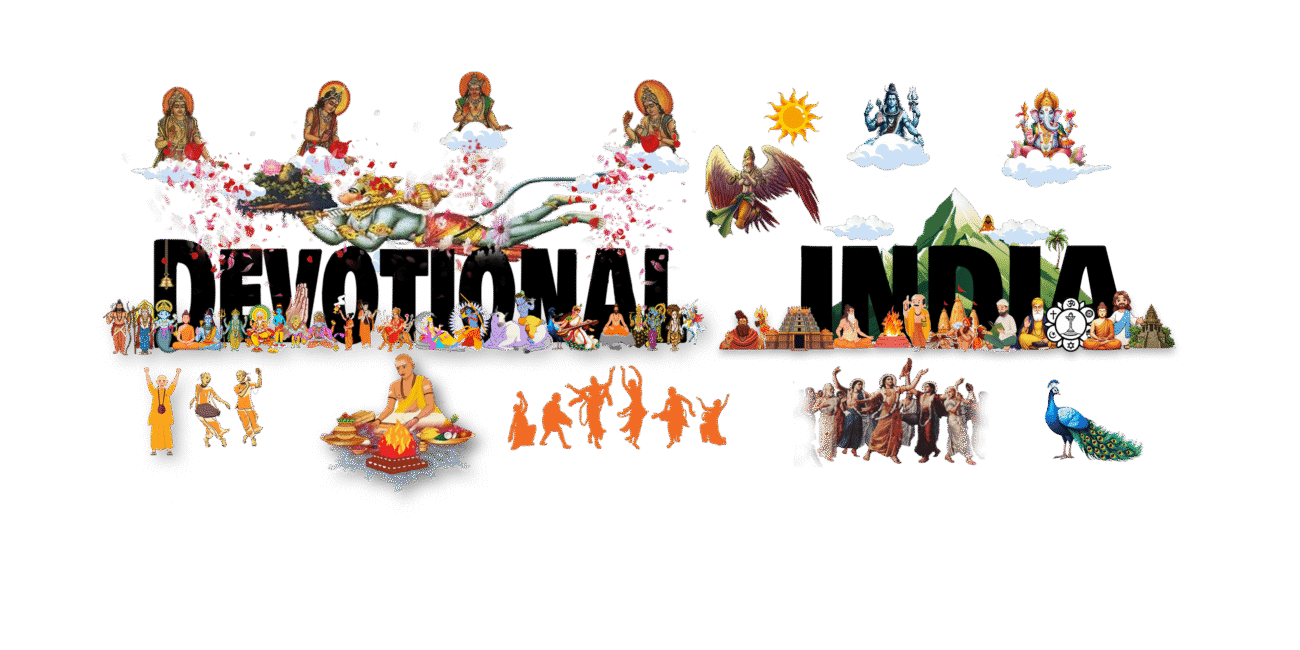Sitaramdas Omkarnath

Sitaramdas Omkarnath.
A lean sadhu of godly appearance with matted hair, bearing wooden sandals of his Guru on the chest was singing Naam with a large band of followers at Jaganath Puri. Some local inhabitants had foreknowledge of his coming and had already publicized his itinerary in a pamphlet that made a prediction by a companion of Shri Chaitanya Mahaprabhu four hundred years back! It told of the coming of a sadhu who would be preaching the Mahamantra or Naam of sixteen words. The sadhu described was Sitaramdas Omkarnath, the founder of the Akhil Bharat Jaiguru Sampradaya.
Order named ‚ÄėJaiguru Sampradaya‚Äô was established and the work of preaching Naam started almost immediately.
Life history.
On 17th of February, 1892, one of the greatest saints of modern times was born at Keota, a small village in the district of Hooghly of West Bengal, to a pious Brahmin couple Dr. Pranhari Chattopadhyaya and Malyavati Devi. His parents were deeply religious in their temperament. Both of them were extremely devoted to their family deity ‚ÄúBrajanath‚ÄĚ (Lord Krishna) to whom they would offer the worship everyday.¬† The child was called Prabodh Chandra, a very apt name as it means ‚ÄúThe enlightenment‚ÄĚ. In 1897, his mother Malyavati Devi passed away, when he was only about four years old. This was really unfortunate. Subsequently, his father married Giribala Devi who was looking after him with motherly affection.ation, Shri SukhSagar.
At this tender age, he began to question the purpose of life. He was moved by the thought whether the love of parents is everlasting and if it is not, then why to engage in the happiness which is temporary? He questioned the importance of studying in school and gaining materialistic knowledge and how it would help him realize his goals. To seek answers he began chanting SHRI RAM JAI RAM JAI JAI RAM (ŗ§∂ŗ•ćŗ§įŗ•Ä ŗ§įŗ§ĺŗ§ģ ŗ§úŗ§Į ŗ§įŗ§ĺŗ§ģ ŗ§úŗ§Į ŗ§úŗ§Į ŗ§įŗ§ĺŗ§ģ) and SHRI KRISHNA GOVIND HARE MURARI (ŗ§∂ŗ•ćŗ§įŗ•Ä ŗ§ēŗ•Éŗ§∑ŗ•ćŗ§£ ŗ§óŗ•čŗ§Ķŗ§Ņŗ§®ŗ•ćŗ§¶ ŗ§Ļŗ§įŗ•á ŗ§ģŗ•Āŗ§įŗ§ĺŗ§įŗ•Ä).


Education.
ln 1898. at the usual age, he was admitted to the Primary School and then he moved on to Bandel Church School. While at school his performance was excellent in Bengali, but his record in English grammar was far from satisfactory. It was obvious that the curriculum of the school did not interest him as he was not keen on pursuing English education. In the circumstances father decided that his son should be sent to an indigenous seminary, so that he could devote himself to oriental learning and stay at home and faithfully perform obligatory religious duties such as the worship of the familly deity Brajanath
In 1905, when he reached thirteen years of age, he was invested with the sacred thread which bestowed on him the status of a Brahmin. From then on,¬†he was entitled to perform “Sandhya Vandana”, worship of the Sun at the time of sunrise, noon and at the sunset.¬†The “Sandhya Vandana” included the recitation of the most sacred Mantra of Vedas, namely, Gayatri. Also, this enabled him to undertake the arduous spiritual exercises for his upliftment.
Thereafter, in 1909, after making several attempts he got his admission from residential school of Sri Dasarathi Bhattacharya, free of cost. This type of education has been prevalent since Vedic times in India, where, student would stay with his Master and serve him in all possible ways and in return receive education without incurring any expenditure. Thus, his career as a student formally commenced in the instituton of Sri Dasarathi Bhattacharya, at the age of seventeen.
Just as trees bear flowers and fruits only when the spring sets in, so also the devotion bear fruit only when one is blessed by the Guru.
While he was studying at Digsui, a proposal was mooted at the instance of his Guru for his marriage with a girl, named Siddheswari. But Prabodh Chandra was not keen in getting married, as his health was in a bad shape. A severe attack of Pneumonia had permanently impaired his health. As a result of this attack, a wheezing sound from his chest was always audible. He did not want to marry, as he was not inclined to ruin the life of a young girl leaving her a widow. This showed his consideration for others and his innate unwillingness to inflict any sort of pain or sorrow on others. When the pressure mounted on him, the only course that was left open for him was to leave Dumurdaha. He left his native village and after considerable effort, reached Puri in Orissa, which is a sacred place of Lord Jagannath. One of his friends, Sri Naren was aware of the fact that Prabodh Chandra was a very devoted disciple of Sri Dasarathi Yogeswar and prevailed upon him to return to Dumurdaha, as his Guru was interested in the aforesaid alliance and was eager to celebrate his marriage. After a gap of fortnight or so, Prabodh Chandra returned to Dumurdaha. In the meantime the bride’s house at Digsui, the mother asked her daughter as to whether she should fix her marriage elsewhere, as “Prabodh had fled”. In reply, she affirmed that if she had had to marry, it could only be with Prabodh Chandra Chattopadhyaya or else she need not be married at all.
After his return to Dumurdaha, there was great rejoicing and he was married to Siddheswari Devi. In December 1916, the marriage took place at Digsui. After the marriage, the couple were on their way to Dumurdaha. They crossed the Ganges by boat and then travelled by a palanquines. In the palanquin, Prabodh Chandra enquired of her:
These were the words from a little girl of ten or eleven. The strength of her conviction was tremendous. She had resolved to put an end to her life, in case the marriage had not materialised. Her words took the load off his mind. On her arrival at Brajanath’s house, Siddheswari Devi changed into Kamala Devi of Dumurdaha. Even after his marriage, Prabodh Chandra continued his Guruseva and the spiritual exercises. He regularly studied two books, namely, “Vedantasar” , that is, essence of Vedanta and the “Bhagavad Gita”. Besides, he recited “Chandi” daily as a matter of routine.
” ŗ§∂ŗ•ćŗ§įŗ•Äŗ§™ŗ•ćŗ§įŗ§Ņŗ§Įŗ§ĺ-ŗ§Ķŗ§¶ŗ§® ŗ§õŗ§¨ŗ§Ņ-ŗ§öŗ§®ŗ•ćŗ§¶ŗ•ćŗ§į ŗ§ģŗ§®ŗ•Ćŗ§ā, ŗ§™ŗ•ćŗ§įŗ•Äŗ§§ŗ§ģ-ŗ§®ŗ•ąŗ§āŗ§®-ŗ§öŗ§ēŗ•čŗ§į | ŗ§™ŗ•ćŗ§įŗ•áŗ§ģ-ŗ§łŗ•Āŗ§ßŗ§ĺ-ŗ§įŗ§ł-ŗ§ģŗ§ĺŗ§ßŗ•Āŗ§įŗ•Ä, ŗ§™ŗ§ĺŗ§® ŗ§ēŗ§įŗ§§ ŗ§®ŗ§Ņŗ§łŗ§Ņ – ŗ§≠ŗ•čŗ§į “.
In addition to his usual sittings for meditation in the morning, mid-day and evening, he sat at midnight also. The year 1918 was a memorable year in the life of Prabodh Chandra in many respects and particularly because of the following extraordinary spiritual experiences, which occured in his life in quick succession. On 7th of January, 1918, all of a sudden he had a wonderful spiritual experience. As usual, he sat for prayers at midnight in the normal posture and he closed his eyes and meditated intensely, fixing his mind at the heart. He was surprised to see Lord Shiva appear with a trident in one hand and tabor in another.

“I am your Guru”, Lord Shiva replied, “I came to you in your childhood. You could not recognise me. I have come again”.
Shiva then began the Japa of his Ishta Mantra with each of his five mouths. From his shoulder, a female form descended. ‚ÄĒ “Who are you?”, enquired Prabodh Chandra.¬† “I am your mother”, she answered. She took the astral body of Prabodh Chandra, which resided within him and began to recite his Ishta Mantra into his ears. Shiva went on reciting the Mantra, dancing and playing on the Damaru (tabor).
The next day Prabodh Chandra hastened to his Guru at Digsui. The Guru congratulated him on his experience and observed that as he had the Darshan of the Supreme God, he should be gratified. The same year on the Saraswati Pooja day, when he was engaged in Japa, the memory of his previous life flashed vividly before him. 
Source: amritananda

